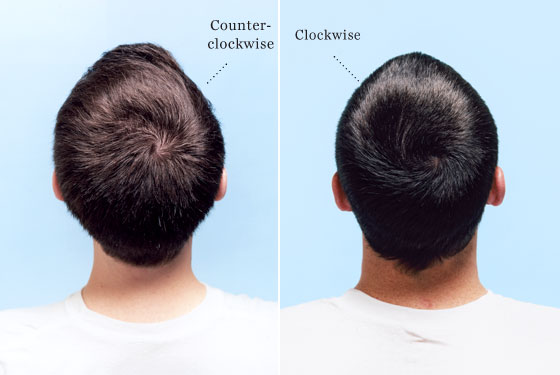“物以类聚,人以群分”这个说法已经被很多鲜活的事实证明过很多遍了,连我妈妈都说,自己人能闻见自己人。我们今天要说的,就是这种能够“闻见”自己人的奇妙感觉。
Gay people really do have an inbuilt radar that helps them seek out like-minded souls, scientists have shown.
科学家表示,同性恋人群的确有一个类似内置雷达的感应体系能帮他们搜寻到同类。

This sixth sense, or 'gaydar', ensures they pay more attention to detail, allowing them to pluck potential partners out of a crowd.
这种第六感,或者“同性恋感应雷达”,会让他们更多地注重细节,能够让他们在人群中找出潜在的发展对象。
The Dutch researchers looked at whether straight and gay people focus their attention differently when faced with a problem.
对于同性恋人群和非同性恋人群在面对问题时关注点是否有所不同这个问题,荷兰的研究人员做了一项研究。
A total of 42 men and women were shown pictures of outlines of large squares and rectangles, each of which was packed with smaller shapes.
研究人员给42名被试男女展示了画有大正方形和长方形的一些图片,每个大的图形里面都包括很多小的图形。
Our brains are wired to take in the bigger picture, meaning that if we are shown a square filled with rectangles and asked what is inside, we can easily be fooled into saying 'squares'.
我们的大脑会自动识别大的图形,也就是说,如果我们看到一个正方形里面有很多个小的长方形,然后被问到正方形里面是什么图形的话,我们就会很容易被误导,然后回答说“里面是正方形”。
When the men and women were asked similar questions, the heterosexuals replied more quickly but were less accurate.
上述被试者听到类似这样的问题时,异性恋的人通常会回答得很快,但是答案往往不够准确。
The homosexuals took longer but got more answers right, particularly when asked about the smaller shapes, suggesting they were able to see the small details as well as the bigger picture.
Or they were able to see the trees as well as the wood.
同性恋的人考虑的时间要长一些,不过给出的答案准确率要更高,尤其在被问及小图形的时候。这表明他们在注意全局的同时也很关注小的细节。也就是说,他们既能看到树木,也能看到森林。
In everyday life, this attention to detail could help them work out people's sexuality.
在日常生活中,这种对细节的关注就能够帮助他们判断一个人的性取向。
相关阅读
(中国日报网英语点津 Helen 编辑)